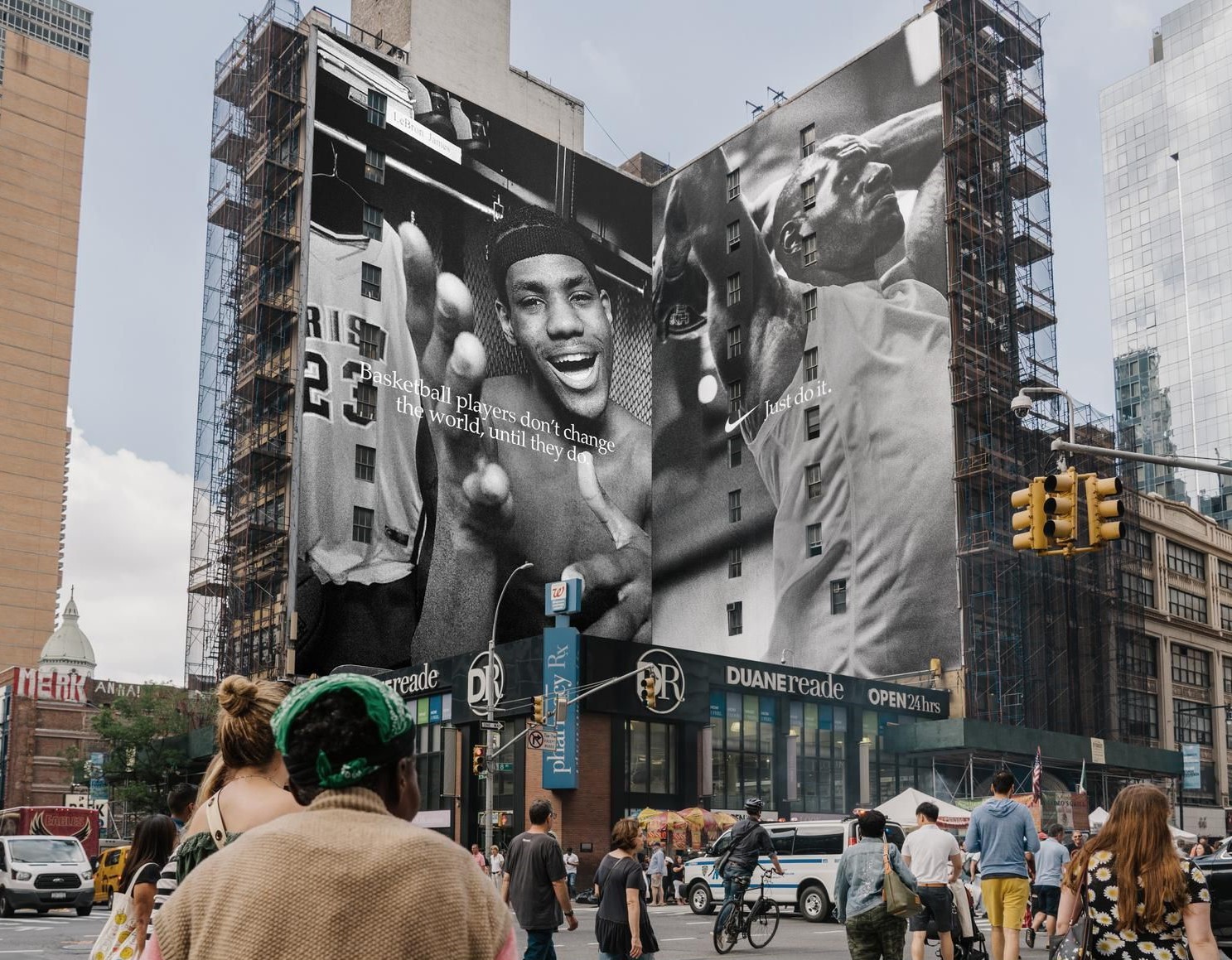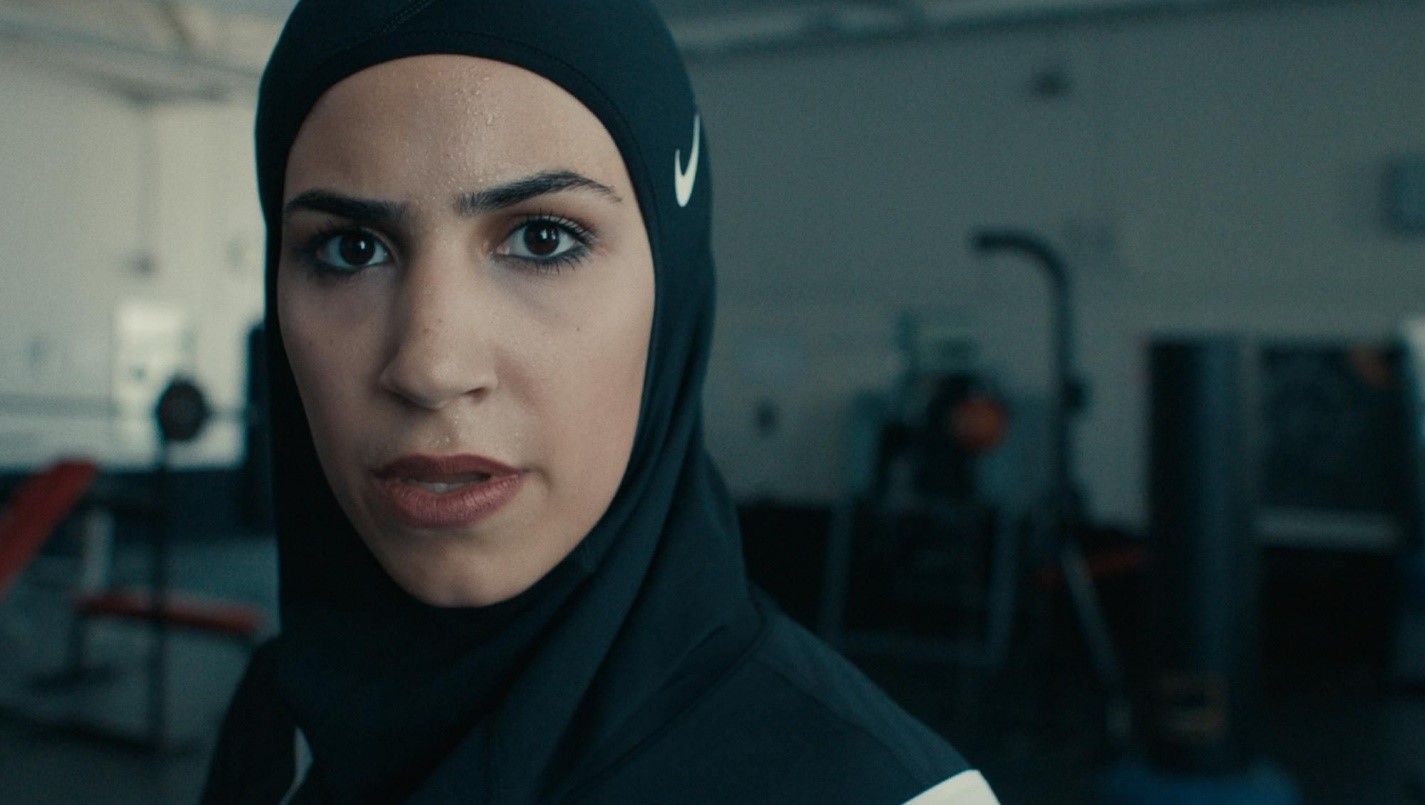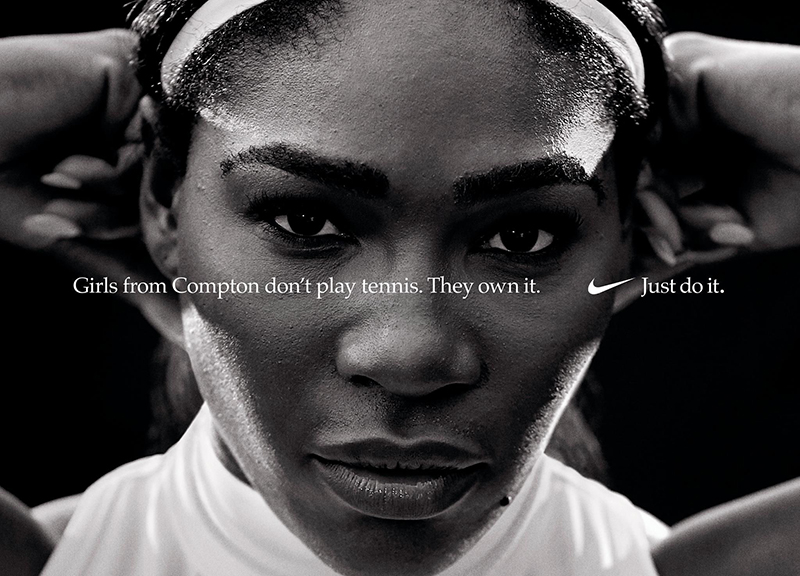The Grand Prix winner of the 2021 Creative Effectiveness Lions, Nike’s Dream Crazy proves that successful brands are the ones that can appeal to our needs as human beings, writes Walnut’s Cristina Balanzo.
A winning brand’s main capital has always been people, and to find the human insights that emotionally connect with them. To do this successfully, brands need to be culturally relevant and maintain contemporaneity by responding to the current context. This is what Nike did with Dream Crazy.
Nike has built a brand that is steadfast, hardly ever losing its relevance. But, of course, the brand has had to stay fresh based on what is important for different generations, as culture and values constantly evolve.
This Grand Prix winner is an example of how you can build new creative platforms without losing the essence of your brand, your values or your mission whilst refreshing those consumer insights.
Historically, Nike has given us all a few marketing lessons. Even within their product-led communications, rational product benefits have been translated into emotional rewards. I believe that a brand’s value lies in knowing how to translate rational benefits into compelling stories that create a cultural movement within society.

There is no magic formula for effective communications, but what most of them have in common is that they appeal to our inner nature, to what makes us human. Dream Crazy touched on some of the implicit, psychological needs that make humans tick and drive most of our decisions.
Context drives resonance
Nike tapped into our psychological need for hope and justice. This need extends beyond the self, to encompass the world around us. People need to feel that they, and society, are working towards a better and more inclusive future.
Most recently, this need state was amplified by events linked to the pandemic and BLM movement, but it rang true at the time of Dream Crazy too. The context of widespread racial and cultural tension the US was experiencing helped drive the campaign’s success: its message was what people needed to hear. Neuro and behavioural sciences tell us that individuals will feel attracted to businesses with a higher purpose, strong moral compass, or clear contribution to societal good.
Authenticity is key
When humans sense lack of authenticity, it results in cognitive dissonance: a perceived mismatch between one’s beliefs and their behaviours. Being authentic is vital to motivate people to think and act.
Nike fulfilled our need for authenticity through the sincere tone of its communications and the way the athletes were pictured: close-up portraits that stared straight into the viewer’s eyes.

Ancestral needs play a part
Finally, Nike successfully tapped into our need for fairness and aversion to inequality. This highly emotional trait, not only found in humans, but also in primates, shows that this need is well-rooted in our biological makeup and a force driving our behaviours.
Consistency strengthens brands
Our brains look for consistency, as this helps join the dots and create long-term memories. From an executional standpoint, Nike created a fully integrated campaign that was congruent and consistent across all channels, championing the movement to fight injustice. The fact that Nike was using highly relevant authority figures such as Serena Williams, Colin Kaepernick and Lebron James helped build the cause too, as it created emotional relevance and social proof. But crucially, the work was directly linked to Nike advertising and consistent with the historical meaning of the brand. Dream Crazy strengthened positive associations with the brand and its original rebellious character.

Effectiveness is rooted in humanity
This Grand Prix winner provides more evidence that brands which appeal to underlying human needs will reap the benefits. Dream Crazy demonstrates the importance of insight and culture to drive effective communications and improve brands’ performance. Nike just did it again.
An abridged version of this article appears in WARC's report, Insights from the 2021 Creative Effectiveness Lions winners.

